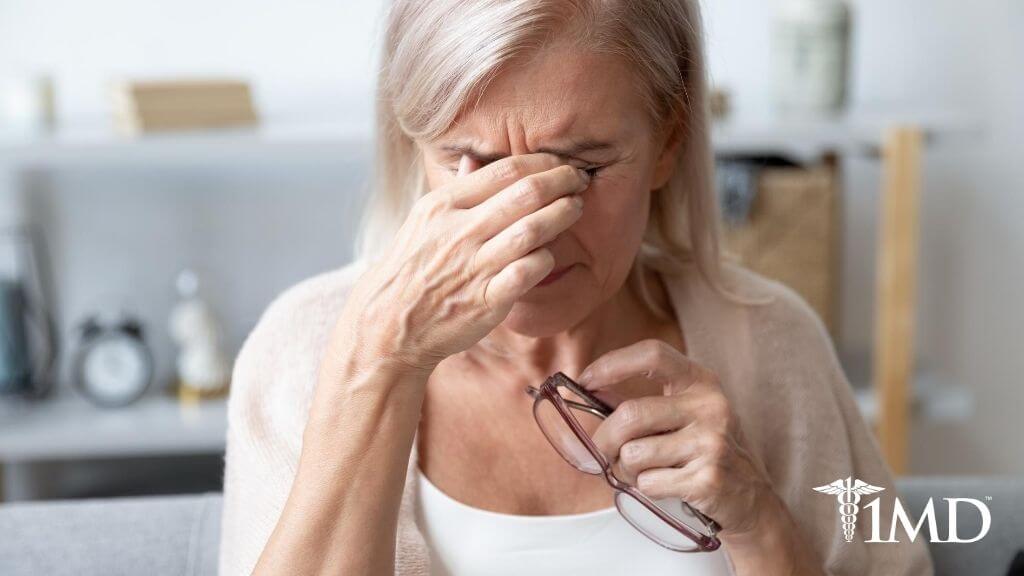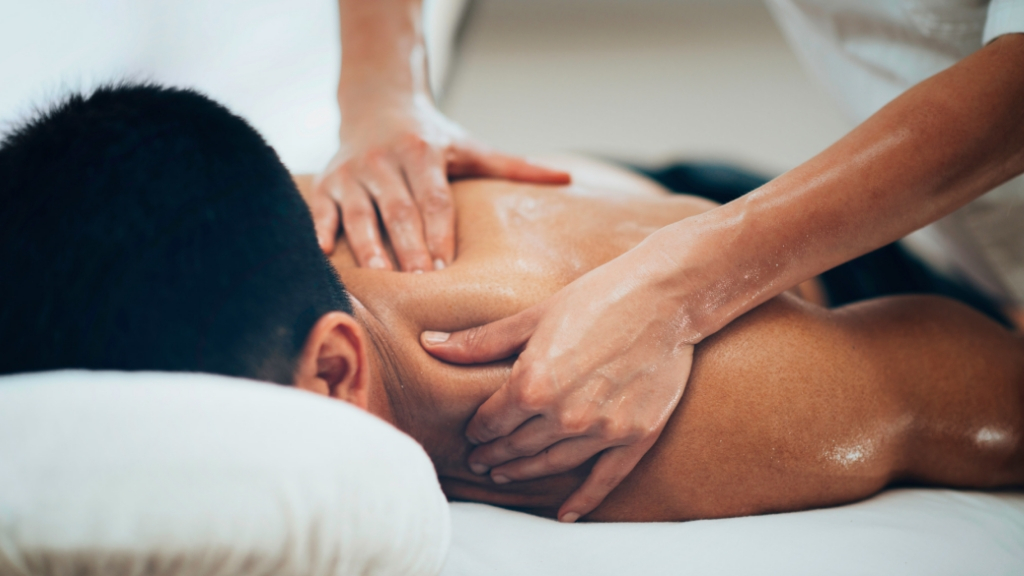Headache Relief: How to Get Rid of Your Headache Fast and Naturally
7 minute read
For most people, headaches are an unpleasant fact of life. They’re so common in fact, that it has been estimated that roughly half of the adults in the world have had a headache in the past year.
When you have a headache, you’re not particularly interested in how many other people are headache sufferers, you just want it gone. But learning the best way to treat your headache and get fast relief is best done by learning a bit more about headaches and what causes them.
Headache Types and Typical Relief Options
There are several different headache types and then there are sometimes further subcategories within the types.
These are the most common and broad headache types, so there’s a good chance you will be able to pinpoint your headache and what form of relief works best. But, keep in mind, there are more than 150 types of headaches, so it might be harder to nail which you have at the moment.
Tension Headaches
Almost 80% of adults experience a tension headache in their lives. These are by far the most common type and it’s typically nonspecific and not related to any organic disease. It’s believed that the cause is probably due to a chemical or neuronal imbalance in the brain, or it might be related to muscle tension.
Tension headaches feel like pressure or tightness and are usually symmetrical. The pain is often mild to moderate and doesn’t get worse with movement or activity.

There are three types of tension headaches:
♦ Episodic headaches: Occur less than once a month and are what are usually termed stress headaches because they happen during a stressful period. Over-the-counter medications are typically effective.
♦ Frequent headaches: Occur 1-15 days a month and are usually affiliated with a migraine. Analgesics (pain relievers) should not be a primary form of relief because of the frequency.
♦ Chronic headaches: Occur more than 15 days a month. If you have these headaches and are taking medication almost daily without relief, it’s time to see your doctor.
Chronic headaches may come with associated depression and other emotional problems. These should also be addressed with your physician to ensure you’re getting the right diagnosis and proper treatment.
Tension headache relief can often come from aspirin, acetaminophen, ibuprofen, etc. if the headache is episodic. If your tension headache falls into the frequent or chronic area, it’s not good to take that many pain relievers that often. A visit to the doctor is needed to find a prescription that works for you and is less stressful on your body.
Migraine Headaches
For people who don’t have migraines and who have never had them, they’re hard to explain. It’s characterized by a throbbing head pain, usually on one side of the head and is frequently accompanied with nausea and sensitivity to light and sound. Migraines are typically so severe that normal daily activities aren’t possible.

Many different things can trigger a migraine and each sufferer is unique. The common migraine triggers fall into the categories of diet, activity, environment, emotions, medications, and hormones.
Migraine headache relief is best managed with the help of your doctor. Treatments are either preventative and taken on a daily basis or acute and taken as soon as migraine symptoms begin.
Non-drug treatments are an option and feature good lifestyle choices, such as using relaxation techniques, getting proper sleep, eating a good diet, exercising and avoiding anything that triggers an attack.
Cluster Headaches
About 90% of cluster headache sufferers in the United States are male. This headache is similar to a migraine, but little is known about them. They are signified by a cluster of attacks that can last weeks or months.
The pain is usually one sided and localized behind the eye and radiates from there. The eye may become swollen, droopy, and the pupil may contract.
Cluster headache relief is typically preventative and begins as early in the cycle as possible to cut the duration and severity.
Secondary Headaches
These headaches are a symptom of another disease or disorder. Because the underlying problem is typically much more severe than a headache and can be life threatening or related to medications used to treat life-threatening illnesses, it’s best addressed by a physician. There are no “typical” medications for this type of headache, as they’re illness based.

Headache Relief
If you are looking for fast relief for your headache there are a few different paths you can follow.
Prescription Medications
If you suffer from chronic tension headaches, migraines, cluster headaches, or secondary headaches, you’ll want to discuss your headache and the appropriate medication with your doctor. Some of the common medications prescribed for headaches include: NSAIDs, butalbital, oxycodone, hydrocodone, hydromorphone, codeine, butorphanol, and tramadol.
Over-the-counter medications typically do not have the level of relief you want and are often misused or abused by people with these headaches, meaning they can cause more health problems elsewhere.
Over-the-Counter Analgesics
These medications are very common and often give tension headache sufferers relief. They have a host of different brand names but are categorized as: acetaminophen, ibuprofen, naproxen, or aspirin.
| Related: Is Curcumin the Migraine Treatment Alternative? |
There are also over the counter medications that contain a combination of the drugs above with caffeine that can be very effective for some.

Non-Medication Treatments
If you want to avoid the risk of rebound headaches, damage to your stomach, liver, and intestines, or possible addiction; the following non-medical interventions can help.
♦ Relaxation: Closing your eyes and sitting in a quiet, dark room can sometimes stave off a headache.
♦ Massage: Tension headaches brought on by tight muscles can be relieved by massages.
♦ Hot or cold: Sometimes a heating pad applied to the base of your skull or neck can help your headache. For others a cool water bottle or ice pack can bring relief.
♦ Healthy choices: Preventing headaches can come from avoiding stressors and triggers. Exercise, eat well-rounded meals, avoid alcohol and cigarettes, get regular sleep, and learn stress management techniques.
The Bottom Line
If you have a headache, you want instant relief. And for many tension headache sufferers that’s possible with a combination of non-medical techniques and medication.
For people who have more serious headaches that are classified as chronic, migraines, or cluster headaches, relief might come from a prescription medication. Your primary physician should work through your treatment options with you to find the best method to treat your headaches.
People who have secondary headaches are often dealing with another health issue and the headache is a symptom. A doctor’s care is definitely required here, not just to help with the headache but also the underlying cause.
No matter what medical option you use, non-medical techniques can help you manage your headaches and feel more in control of stress levels in your life.












